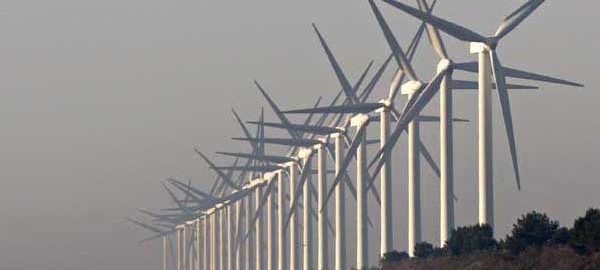A new study has shown that increasing Britain’s installed wind energy capacity could go a long way to securing energy independence for the island nation.
Commissioned by national trade body RenewableUK, and conducted by independent analysts Cambridge Econometrics, the report concluded that additional wind power in the country’s energy grid would make Britain’s energy supply more resilient, by way of cutting the need for ever-increasingly costly imports of fossil fuels.
In 2013, wind energy played a small role in minimising the need for coal and gas imports — reducing coal imports by an estimated 4.9 million tonnes, and gas by 1.4 billion cubic metres.
Increasing the level of wind energy generation would serve to increase these figures, minimising how much Britain needs to import.
Without wind, in 2013, Britain would have needed to acquire — somehow — an additional 6.1 million tonnes of coal, and 2.5 billion cubic metres of gas to generate the additional 45.8 TWh and 24.8 TWh of coal and gas respectively (these figures are so high, because there is a significant efficiency loss involved in converting fuel to electricity).
“Beyond the environmental benefits brought about by the continued deployment of wind power, this report shows that wind energy is contributing to reducing fossil fuel import dependence and that this contribution will grow in future as wind capacity expands,”
explains Phil Summerton, Director at Cambridge Econometrics.
“Investment into wind power acts as an insurance policy against uncertainty in future wholesale gas prices and could provide a degree of stability to future electricity prices.”
“This report shows how much the UK relies on wind power to reduce our dependence on sources of costly fossil fuels imported from abroad,” explains RenewableUK Chief Executive Maria McCaffery. “In these uncertain times, we need to recognise the wider benefits of wind. The costs for the entire life of a wind farm are known very early on, whereas the volatile price of fossil fuels can never be accurately predicted.
“Wind power is already helping us manage future price instability, and industry is confident that by 2020 onshore wind will be the cheapest form of new generation of any form of energy.”
Source: CleanTechnica
